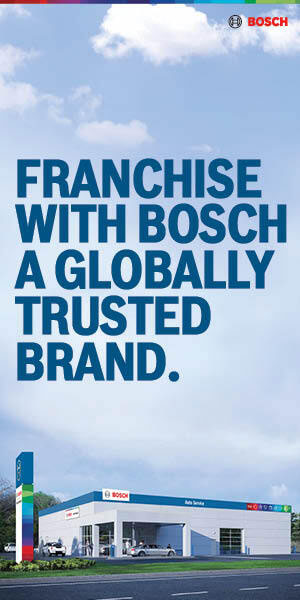Multi-Unit Offerings & FDDs: New Guidelines Aim for Clarification

A new set of regulatory guidelines for franchisors provides clarity on how to present franchise opportunities to prospective buyers.
On Sept. 16, state regulators with the North American Securities Administrators Association (NASAA) issued guidance clarifying the distinctions between single-unit, area representative, and area development offerings and calling for uniform terminology when describing these arrangements in the FDD.
The FDD explains to prospective franchise buyers in plain English their obligations, fees, start-up costs, and the like. It also provides information about the franchisor and the assistance it will provide, in a uniform format that meets the requirements of both federal and state laws. NASAA wants to ensure that the disclosures in the FDD that deal with multi-unit franchise offerings are clear to prospective franchisees.
Toward that end, the association declared that, starting in early 2015, states in which franchise registration is required will no longer accept a combined FDD that includes both the single-unit offering and the area representative offering. Instead, the area representative offering must be disclosed in a separate document from the unit offering, and the two must be registered separately. This will require many franchisors to make changes in their offering documents in the coming year.
Franchisors who use the area representative approach typically combine it in one FDD with the single-unit offering. The NASAA guidance will require these franchisors to divide the offerings into two. Also, companies and people in franchising sometimes use inconsistent terminology to describe these approaches. The NASAA guidance promises to bring uniformity to the industry's terminology, which would be a good thing.
While area representative agreements in the registration states will require a distinct document, franchisors can continue to combine area development and single-unit offerings within the same FDD.
An area development agreement is typically a framework agreement that includes a development schedule in which the developer is obligated to open a specified number of units over a defined period of time within a defined geographic area. Under the development agreement, each franchised unit becomes the subject of a separate unit franchise agreement. The franchisee under each unit agreement is either the area developer entity or an affiliated company.
The area development approach allows the franchisor to deal with a smaller number of franchisees, each with the ability to open multiple units. Area developers are typically successful businesses with the means, experience, and staff needed to improve their likelihood of success. From the franchisee's point of view, the area development agreement locks in a territory and gives the franchisee the opportunity to benefit from economies of scale with a proven brand.
In essence, an area developer is a unit franchisee with the right to operate more than one unit franchise, the regulators noted. For this reason, NASAA's point is that combining the two types of offerings is not confusing.
By contrast, the area representative pays a fee for the right to recruit and manage the unit franchisees in a defined geographic area in exchange for a percentage of the fees that the unit franchisees pay to the franchisor. The unit franchise agreements are signed by the unit franchisees and the franchisor, not by the area representative. The area representative might provide site assistance to unit franchisees as well as training and ongoing support services. For these services, the franchisor typically pays the area representative a portion of the initial fees and ongoing royalties that the franchisor receives from the franchisees in the representative's territory.
The NASAA guidelines also deal with subfranchise arrangements and require subfranchise offerings to be presented separately from unit franchise offerings. However, subfranchising is uncommon in the U.S., and companies that employ this approach already use separate FDDs for the master franchise offering and the subfranchise or unit franchise offering.
Tom Pitegoff, a veteran franchising attorney with national law firm LeClairRyan, is based in the firm's New York office. LeClairRyan provides business counsel and client representation in corporate law and litigation. The firm has approximately 370 attorneys representing a wide variety of clients throughout the nation. Contact him at [email protected] or 212-634-5032.
Share this Feature
Recommended Reading:
| ADVERTISE | SPONSORED CONTENT |
FRANCHISE TOPICS
- Multi-Unit Franchising
- Get Started in Franchising
- Franchise Growth
- Franchise Operations
- Open New Units
- Franchise Leadership
- Franchise Marketing
- Technology
- Franchise Law
- Franchise Awards
- Franchise Rankings
- Franchise Trends
- Franchise Development
- Featured Franchise Stories
| ADVERTISE | SPONSORED CONTENT |








 The franchise listed above are not related to or endorsed by Franchise Update or Franchise Update Media Group. We are not engaged in, supporting, or endorsing any specific franchise, business opportunity, company or individual. No statement in this site is to be construed as a recommendation. We encourage prospective franchise buyers to perform extensive due diligence when considering a franchise opportunity.
The franchise listed above are not related to or endorsed by Franchise Update or Franchise Update Media Group. We are not engaged in, supporting, or endorsing any specific franchise, business opportunity, company or individual. No statement in this site is to be construed as a recommendation. We encourage prospective franchise buyers to perform extensive due diligence when considering a franchise opportunity.